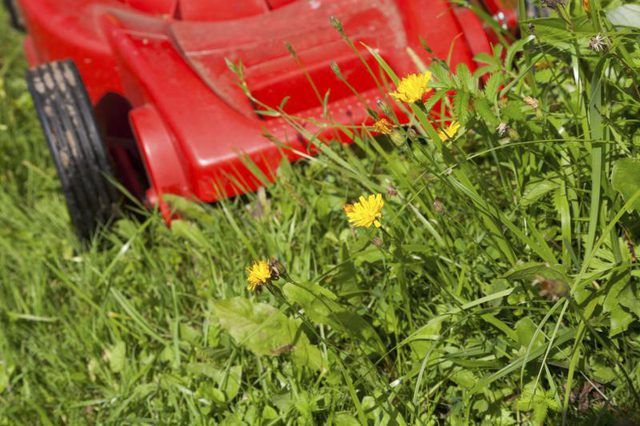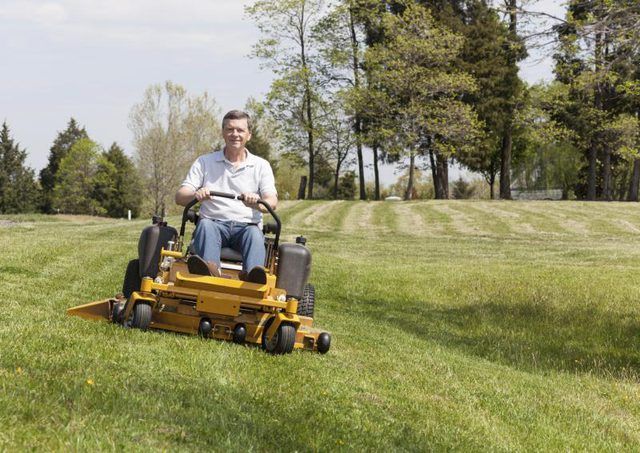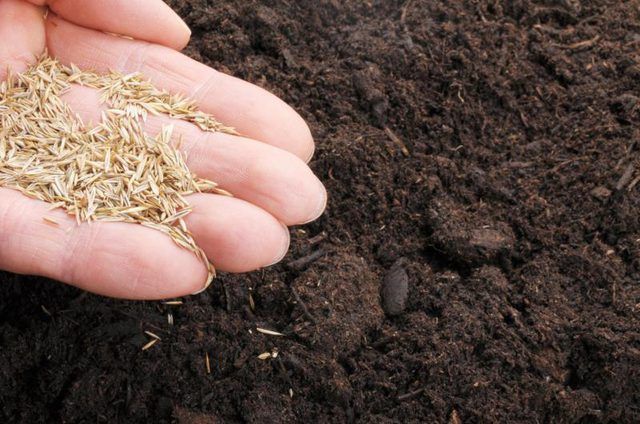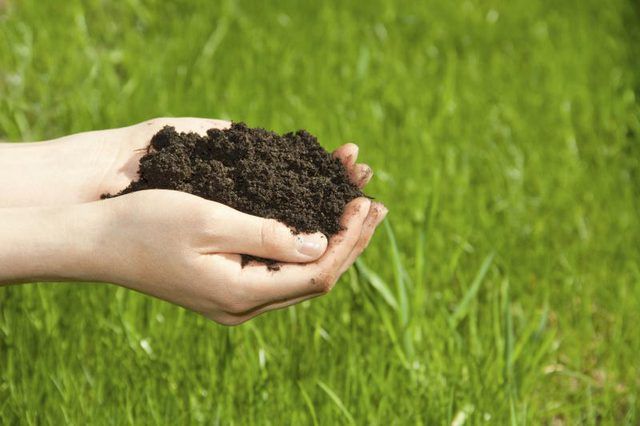Bulbs
Flower Basics
Flower Beds & Specialty Gardens
Flower Garden
Garden Furniture
Garden Gnomes
Garden Seeds
Garden Sheds
Garden Statues
Garden Tools & Supplies
Gardening Basics
Green & Organic
Groundcovers & Vines
Growing Annuals
Growing Basil
Growing Beans
Growing Berries
Growing Blueberries
Growing Cactus
Growing Corn
Growing Cotton
Growing Edibles
Growing Flowers
Growing Garlic
Growing Grapes
Growing Grass
Growing Herbs
Growing Jasmine
Growing Mint
Growing Mushrooms
Orchids
Growing Peanuts
Growing Perennials
Growing Plants
Growing Rosemary
Growing Roses
Growing Strawberries
Growing Sunflowers
Growing Thyme
Growing Tomatoes
Growing Tulips
Growing Vegetables
Herb Basics
Herb Garden
Indoor Growing
Landscaping Basics
Landscaping Patios
Landscaping Plants
Landscaping Shrubs
Landscaping Trees
Landscaping Walks & Pathways
Lawn Basics
Lawn Maintenance
Lawn Mowers
Lawn Ornaments
Lawn Planting
Lawn Tools
Outdoor Growing
Overall Landscape Planning
Pests, Weeds & Problems
Plant Basics
Rock Garden
Rose Garden
Shrubs
Soil
Specialty Gardens
Trees
Vegetable Garden
Yard Maintenance
How to Plant Grass Seed in an Existing Lawn
How to Plant Grass Seed in an Existing Lawn. Planting grass seed in an existing lawn improves thinly growing grass and prevents warm-season lawns from turning brown over winter. Also called overseeding, sowing grass seed in lawns is part of general lawn renovation, including controlling weeds, improving soil condition and supplying fertilizer. You...
Planting grass seed in an existing lawn improves thinly growing grass and prevents warm-season lawns from turning brown over winter. Also called overseeding, sowing grass seed in lawns is part of general lawn renovation, including controlling weeds, improving soil condition and supplying fertilizer. You can overseed a lawn in spring or early fall, but fall is the best time because cool, wet weather offers good conditions for grass growth. If overseeding a warm-season lawn with cool-season grasses for a green winter lawn, you must overseed in fall. Local college horticulture departments usually provide soil tests that show what fertilizers to apply when overseeding your lawn.

Mowing, dethatching and aerating are essential steps to preparing a lawn for overseeding. Just before overseeding, but after a herbicide application, you should mow the lawn at the lowest setting on your lawn mower, so that the blades cut just above the soil, and rake up the grass clippings. Check the lawn for thatch, which is a layer of moss, dried lawn clipping and plant debris. If the thatch layer is thicker than 1/3 inch, do a hard raking or run a dethatcher over the lawn. Remove about 50 percent of the thatch from all over the lawn, leaving the rest to act as a mulch. Using a dethatcher helps cultivate the soil and prepare a seed bed for the establishment of lawn grasses. Aerate the soil with a lawn aerator to remove plugs of soil and help break up compaction so that air and water can penetrate to roots.

The correct rate for sowing grass seed depends on the grass variety. For example, annual ryegrass (Lolium multiflorum) is a cool-season grass for providing winter color in warm-season lawns, and is sown at a rate of 7 to 9 pounds per 1,000 square feet. Perennial ryegrass (Lolium perenne, USDA zones 7 through 10) is a tough grass for high-traffic areas, and is sown at a rate of 6 to 8 pounds per 1,000 square feet. Both of these grasses have invasive tendencies. In wet weather and with good aftercare, 95 percent of grass seeds should sprout and grow well. In dry weather, on thin, dry soil and other poor conditions, sow at the higher rate. Sow grass seed using a handheld, drop or broadcast spreader. Divide the seed into two portions and make two passes over the lawn, one up and down and the other from side to side, to ensure even coverage. Sow grass seed two to three times more thickly on bare patches.

Grass seed needs fertilizer and regular irrigation to grow well. Before planting, apply lawn fertilizers according to the recommendations on a soil test report, or if no report is available, apply 2 pounds of potassium, 2 pounds of phosphorus and 1 pound of nitrogen per 1,000 square feet. Lightly rake the lawn to a depth of 1/4 inch to work the fertilizer into the soil and to cover the grass seed. Roll a lawn roller over bare areas of the lawn with no grass to ensure good seed-to-soil contact, and water the lawn with a soft spray attachment on a garden hose until the soil is moist to a depth of 4 inches. Water the lawn when the soil surface is dry so that the soil stays moist but is never saturated. When the grass seedlings are about 2 inches tall, apply 1/2 to 1 pound of nitrogen per 1,000 square feet.
